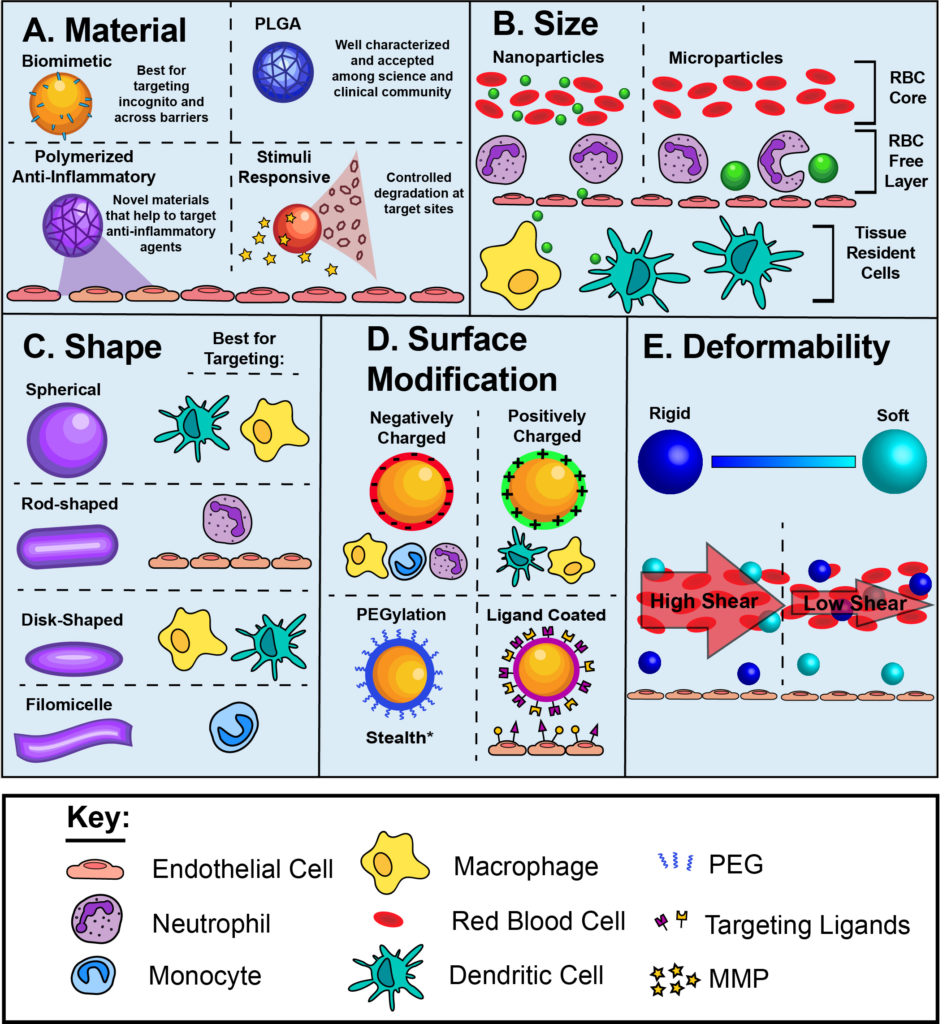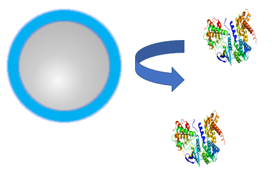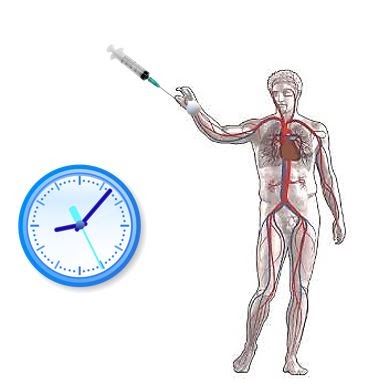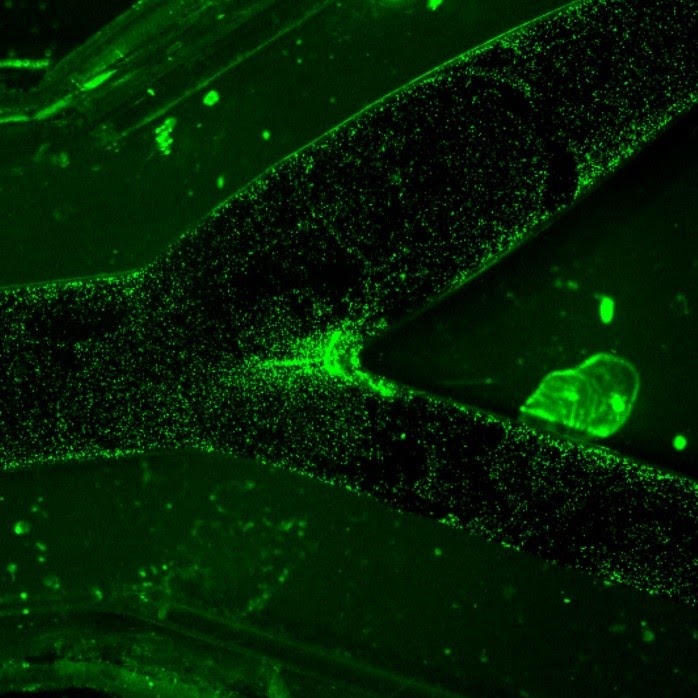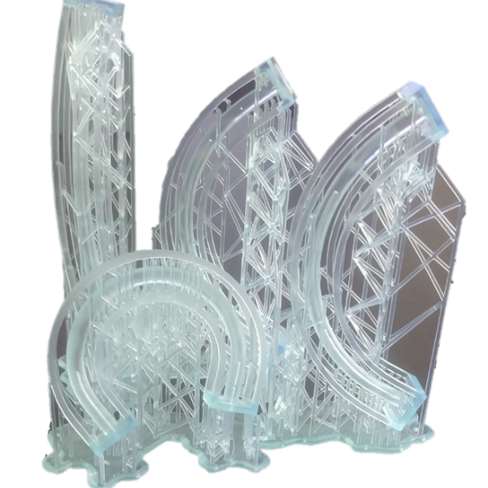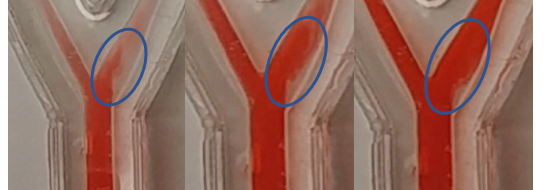Design of “Stealthier” Surface Coatings for Improved Particle Circulation and Adhesion
Carrier longevity is necessary for optimal efficacy of any particle therapeutic. Yet, our body’s natural defenses clear “foreign” particles before they reach the target destination. Adsorbed proteins also mask targeting ligands on a particle’s surface. Thus, in order to preserve biodegradable micro-/nano-particles, we explore the utility of a variety of hydrophilic surface coatings:
- Zwitterionic
- Chitosan
- Polyethylene Glycol
- Hyaluronic Acid
- Polyethyleneimine
Lab Contact: Saja Al Saloum
Blood Hemodynamics
Impact of Particulate Drug Carriers on Blood Cells:
Particle therapeutics injected intravenously encounter many different blood cell types during blood flow. However, the impact of different model particulate drug carriers on the behavior of cells, including leukocytes and platelets, has yet to be fully explored.
Lab Contacts: Valentina Guevara, Emma Brannon
Artificially Rigidified RBCs:
Deformability is a defining feature of red blood cells (RBCs). RBCs are forced to stretch, bend, and compress from fluidic stresses to travel and deliver oxygen throughout the body. By artificially introducing oxidative stresses, we are able to model and explore the dynamics of rigidified RBCs. This is relevant to better understanding the dynamics of sickle cell disorder. We aim to explore the interplay between different blood cells in blood flow under healthy and altered states.
Lab contacts: Logan Piegols
Macrofluidic Devices:
Blood is a complex multiphase fluid that dynamically interacts with the vast and varying blood vessels of the human body. Leveraging advances in SLA printing technology, we aim to create to-life-scale models of human blood vessels to close the gap between in vitro flow dynamics and in vivo reality. A better understanding of hemodynamics on many scales is integral to improving drug delivery efficacy and the treatment of arterial diseases. See pics below. The fluorescent image is of 2-micron FITC polystyrene particles.
Lab contacts: Logan Piegols
Design of Nanoparticle Loaded Hydrogels
Vascular targeted carriers (VTCs) are intravenously injected particle carriers designed to traverse the circulatory system and accumulate at sites of vascular disease, thereby achieving localized drug delivery. For a VTC to be successful, it must first navigate the bloodstream, marginate to the endothelium, and accumulate at sites of diseased tissue. Microparticles marginate well, but hold the risk of vascular occlusion. Nanoparticles, while clinically relevant, have poor margination properties. These disparities in particle performance indicate conflicting design requirements to achieve successful transport from the bloodstream to the tissue space. Thus, deformable particles could provide benefits of MP/NPs without the consequences of MP/NPs.
Lab Contacts: Jonathan Lee, Oluwaseun Akanbi
Exploring Shape, Size, and Deformability via Novel Particle Formulation Techniques
